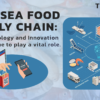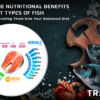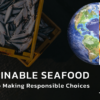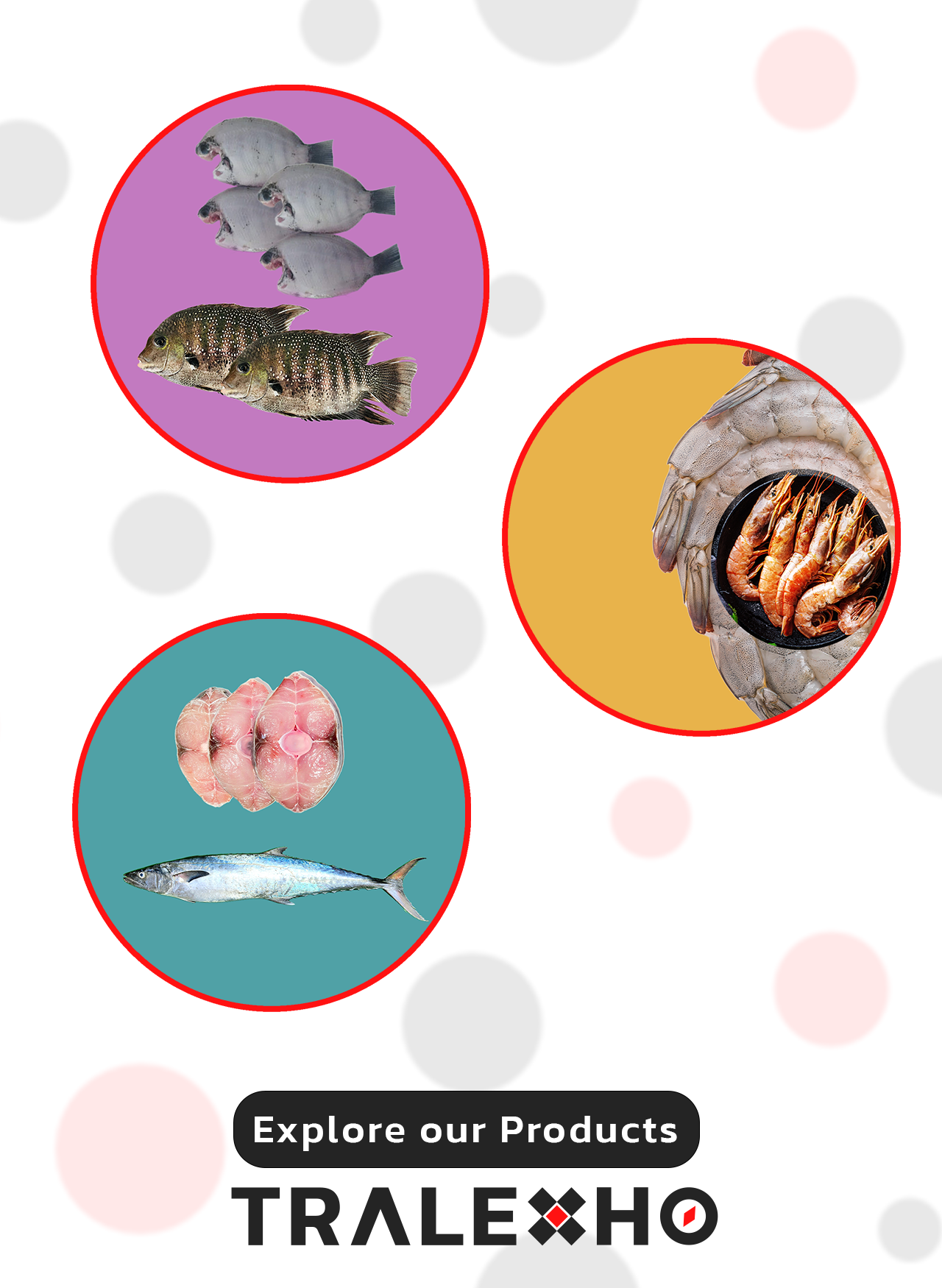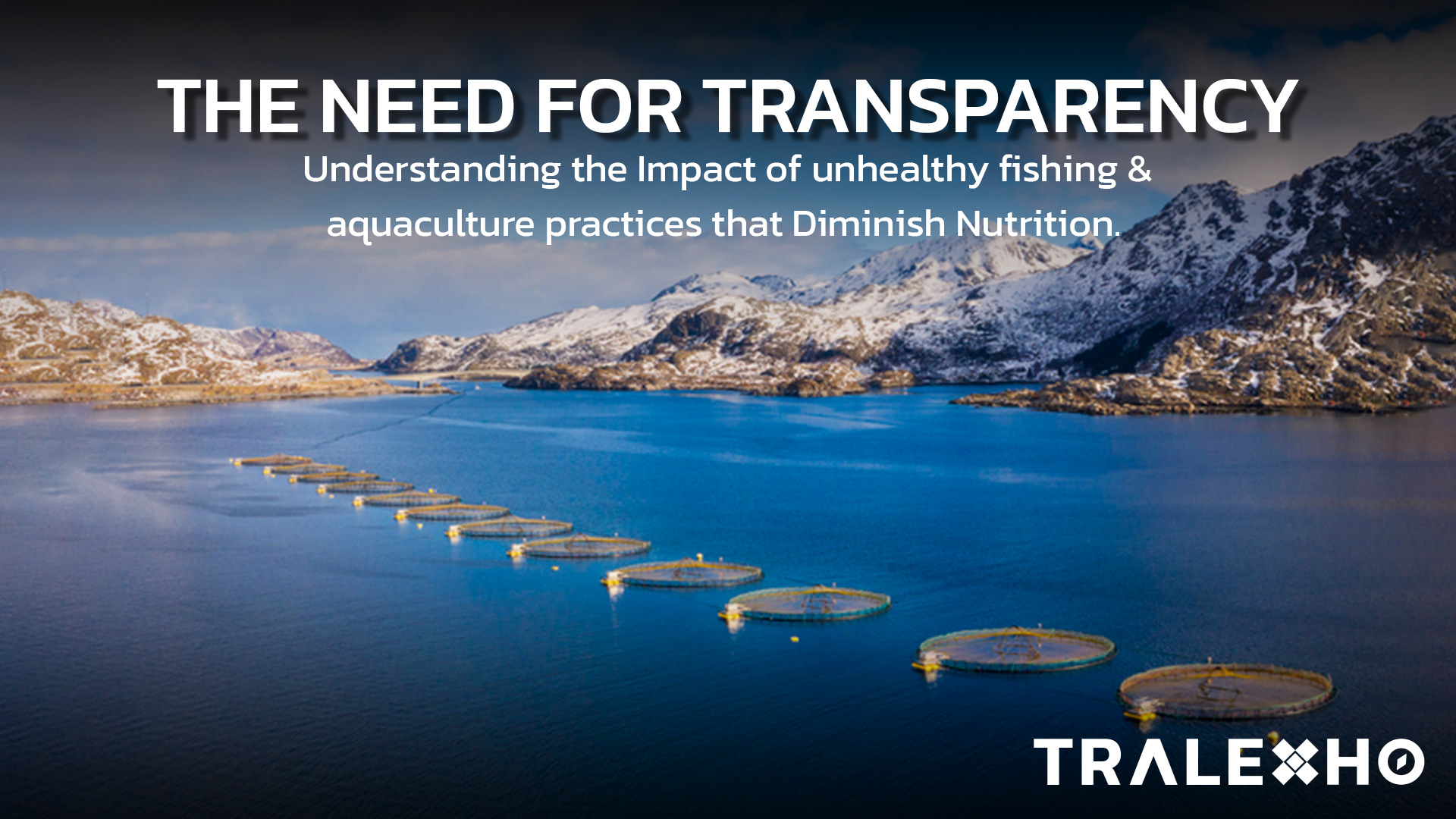
The Need for Transparency: Understanding the Impact of unhealthy fishing & aquaculture practices that Diminish Nutrition
Fish is a popular food choice enjoyed by millions worldwide for its nutritional value and delicious taste. However, the way seafood is caught or sourced, processed, and transported can have a significant impact on its safety and quality. Some aquaculture practices can pose risks to human health. Therefore, it’s essential to understand the importance of sustainable fishing practices and the need for transparency in the supply chain to ensure that you’re eating safe, fresh, and sustainably sourced seafood.
The Downside of Unhealthy Fishing and Aquaculture Practices:
Certain fishing practices can result in the accumulation of toxins in seafood, making it unsafe for human consumption. Also, to prolong the shelf life of seafood, it may be treated with chemicals or preservatives that can have harmful effects on human health.
In recent years, various aquaculture methods have become popular for fish production due to the increasing demand for seafood and fish. While aquaculture can be a sustainable and efficient way of producing fish, it can also have negative impacts on both the environment and human health. A variety of chemicals, including algaecides, antibiotics, and probiotics, are used in aquaculture to treat and prevent diseases and achieve maximum production [Referance 1]. However, the use of antibiotics and other chemicals can harm the environment and contribute to the development of antibiotic-resistant bacteria. Fish raised in stressful living conditions can have reduced immune systems, leading to decreased nutritional value and increased susceptibility to disease. To ensure the safety and quality of seafood, it is important to promote sustainable and responsible fishing and aquaculture practices and also adopt transparency in the supply chain.
Transparency Is Key:
One of the biggest challenges for consumers is the lack of transparency in the seafood supply chain. It can be difficult to trace the origin of farmed fish or determine whether it has been sustainably and ethically sourced. This lack of transparency makes it harder to make the right choices and informed decisions about the food you eat.
How to Make right choices and Informed Decisions:
It’s imperative to demand transparency and traceability in the supply chain when it comes to seafood to ensure that we are consuming safe, fresh, and sustainably sourced products. It can help us make informed choices to protect ourselves and the environment.
Choose Sustainable Seafood: Look for Seafood that is sustainably and responsibly sourced.
Know Where Your Seafood Comes From: When buying seafood, look for essential details such as the origin, time and date of sourcing, place of processing, etc. Using TRALEXHO’s TaaS platform, by scanning the QR code on the product package, you can see when and where the fish was sourced, when it was processed, and transported along with its original pictures of these critical events. This gives you transparency and helps you make an informed decision about the food you buy and consume.
Choose Sustainable and Safe Packaging: Look for products that are packaged complying to food safety and sustainability standards. Perishable products also need to be carefully cut, cleaned and vacuum-sealed, and chilled between 0-4°C to keep their nutritional value intact and safe from contamination.
Be wary of seafood fraud: If the price appears too low, or if the species is rare or out of season, it may have been mislabelled or misrepresented. TRALEXHO with its state-of-the-art technology ensures transparency and also promotes seasonal seafood that is safe for you as well as our planet.
Cook Seafood Appropriately: Make sure to cook seafood thoroughly to kill any harmful bacteria.
In conclusion, seafood can be a healthy and nutritious food source if consumed wisely. To prevent seafood from becoming a slow poison, it’s important to choose seafood that is safe, traceable, and fresh. TRALEXHO’s technological innovations help you to experience sustainably sourced seafood, without putting your health at risk, at the convenience of your home.
[Reference 1: Gormaz, J. G., Fry, et al, (2014). Public Health Perspectives on Aquaculture. Current Environmental Health Reports, 1(3), 227-238. https://doi.org/10.1007/s40572-014-0018-8].
Recent Posts
- Safe Seafood Supply Chain: How Technology and Innovation will continue to play a vital role
- Dive into the Nutritional Benefits of Different Types of Fish: A Guide to Incorporating Them into Your Balanced Diet
- The Need for Transparency: Understanding the Impact of unhealthy fishing & aquaculture practices that Diminish Nutrition
- Sustainable Seafood: A Guide to Making Responsible Choices
- The Future of Food Safety: Emerging technologies To Ensure Trust And Transparency

